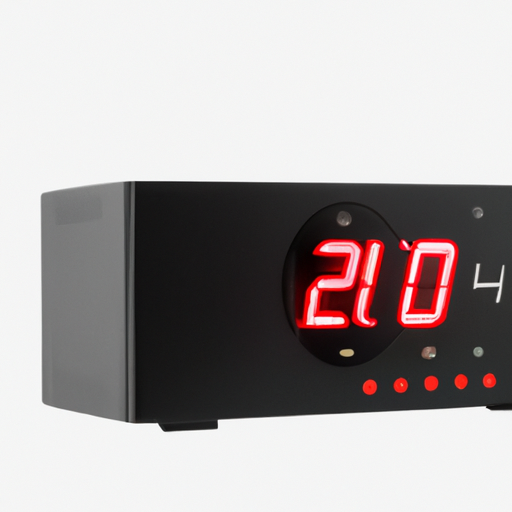Overview of Real-Time Clocks (RTCs)
Real-Time Clocks (RTCs) are critical components in electronic systems, providing precise timekeeping and date functions essential for a wide range of applications. The CFR-50JB-52-18K is a notable example of an RTC that exemplifies the core technologies and functionalities that make RTCs effective in various domains.
Core Functional Technologies of Real-Time Clocks
| 1. Timekeeping Accuracy | |
| 2. Low Power Consumption | |
| 3. Battery Backup | |
| 4. I2C/SPI Communication | |
| 5. Alarm and Timer Functions | |
| 6. Temperature Compensation | |
| 1. Consumer Electronics | |
| 2. Industrial Automation | |
| 3. Medical Devices | |
| 4. IoT Applications | |
| 5. Automotive Systems | |
| 1. "Understanding Real-Time Clocks: A Comprehensive Guide" | |
| 2. "Designing with Real-Time Clocks: Best Practices" | |
| 3. "Case Study: Implementing RTCs in IoT Devices" | |
| 4. "The Role of RTCs in Industrial Automation" | |
| 5. "Real-Time Clocks in Medical Devices: Ensuring Accurate Data Logging" |
Application Development Cases
Articles and Resources
Conclusion
Real-Time Clocks like the CFR-50JB-52-18K are indispensable in modern electronic systems, providing essential timekeeping functions across a variety of applications. Their low power consumption, accuracy, and additional features make them vital in consumer electronics, industrial automation, medical devices, IoT applications, and automotive systems. By understanding their core technologies and exploring application development cases, engineers and developers can effectively leverage RTCs in their projects, ensuring reliable and efficient timekeeping solutions.






